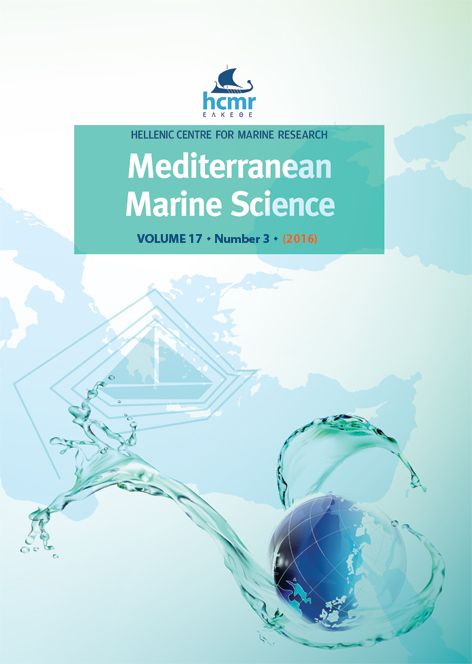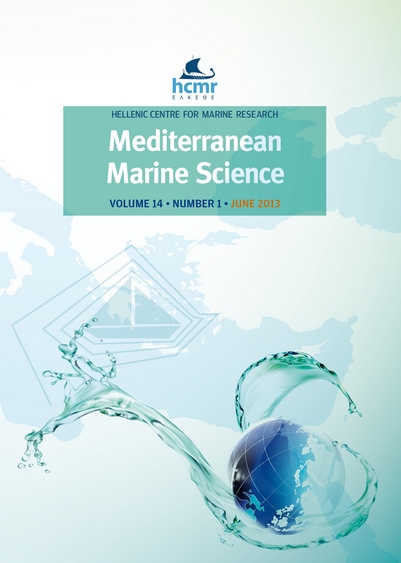Temporal evolution of sand corridors in a Posidonia oceanica seascape: a 15-years study
Περίληψη
The spatial dynamic of Posidonia oceanica meadows is a process extending over centuries. This paper shows evidence of the natural dynamics of P. oceanica “shifting intermattes” or “sand corridors” (hereafter SCs): unvegetated patches within a dense meadow. We studied features and temporal evolution (2001-2015) of 5 SCs in the Calvi Bay (Corsica) at 15 m depth and followed the characteristics the P. oceanica meadow lining the edge of patches. All SCs show a similar topography. The eroded side is a vertical edge where roots, rhizomes and sediments are visible, when on the opposite colonized side, the sand is at the same level as the continuous meadow. The vertical edge reaches a maximum height of 160 cm and is eroded by orbital bottom currents with a maximum speed of 12 cm.s-1, the erosion speed ranging from 0.6 to 15 cm.y-1. SCs progress toward the coastline with a mean speed of 10 cm.y-1, the rate of colonization by P. oceanica shoots ranging from 1.5 to 21 cm.y-1. We calculated that the studied SCs would reach the coastline within 500 to 600 years. We finally discuss the implication of such dynamic in the framework of meadows’ colonization assessment and the seascape dynamic.
Λεπτομέρειες άρθρου
- Πώς να δημιουργήσετε Αναφορές
-
GOBERT, S., LEPOINT, G., PELAPRAT, C., REMY, F., LEJEUNE, P., RICHIR, J., & ABADIE, A. (2016). Temporal evolution of sand corridors in a Posidonia oceanica seascape: a 15-years study. Mediterranean Marine Science, 17(3), 777–784. https://doi.org/10.12681/mms.1816
- Τεύχος
- Τόμ. 17 Αρ. 3 (2016)
- Ενότητα
- Research Article
Authors who publish with this journal agree to the following terms:
- Authors retain copyright and grant the journal right of first publication with the work simultaneously licensed under a Creative Commons Attribution Non-Commercial License that allows others to share the work with an acknowledgement of the work's authorship and initial publication in this journal.
- Authors are able to enter into separate, additional contractual arrangements for the non-exclusive distribution of the journal's published version of the work (e.g. post it to an institutional repository or publish it in a book), with an acknowledgement of its initial publication in this journal.
- Authors are permitted and encouraged to post their work online (preferably in institutional repositories or on their website) prior to and during the submission process, as it can lead to productive exchanges, as well as earlier and greater citation of published work (See The Effect of Open Access).






